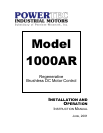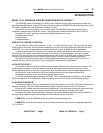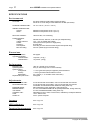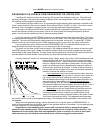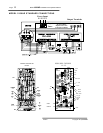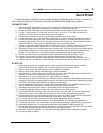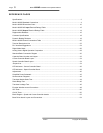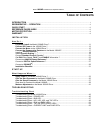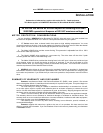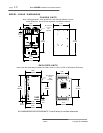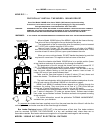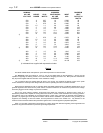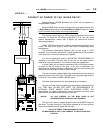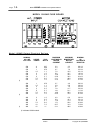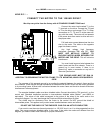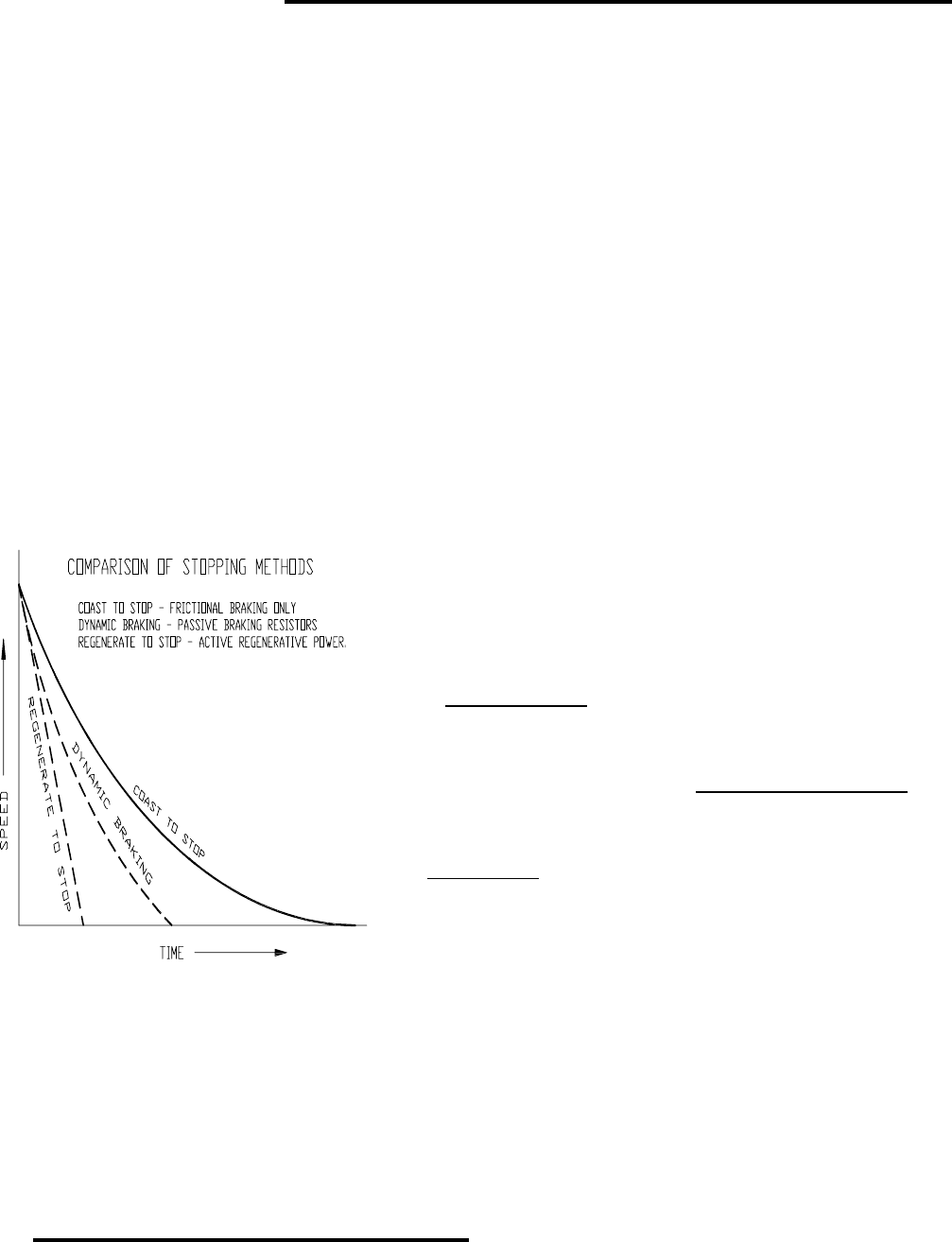
Model
1000AR
Installation and Operation Manual
P
AGE
3
OFFICIAL 6/4/2001
REGENERATIVE VERSUS NON-REGENERATIVE OPERATION
Traditional AC induction motors and brush-type DC motors have windings on the rotor. They also have
stationary windings on the frame that produce magnetic fields if we energize them. When the motor rotates,
the windings move through the magnetic field.
If we externally force the shaft to turn, this movement through magnetic fields produces a potential at the
motor’s power terminals. We call this potential “Electro-Motive-Force” (or EMF, for short). The motor is now a
generator, and it is capable of supplying power if we keep the stationary windings energized.
In the case of the Brushless DC motor, a field produced by the permanent magnets on the rotor moves
around the stationary windings on the frame. We do not have to keep the windings energized to produce
power. You will see the importance of this in dynamic braking (below).
A motor is running in the MOTORING mode when it is drawing current from the power supply. The motor
is changing electrical energy into mechanical work at the motor shaft. This is the most common mode of motor
operation. The motor still produces the same potential at its terminals, but we call it “Counter-EMF” (CEMF)
when the motor is in the motoring mode. CEMF opposes the flow of current from the supply to the motor.
From the generator action, we derive the term REGENERATING. This indicates that the motor is no
longer drawing current from the supply. It is now returning current to the supply.
The motor can not draw current from the supply if the voltage produced by the rotation of the motor shaft
(the CEMF) exceeds the supply voltage. We see this condition when motor speed is greater than the speed
commanded by the speed reference. The load inertia may be greater than the amount of inertia that the motor
can slow down in the time allotted. External forces can drive the load faster than desired.
A load in motion will “coast” to a free-wheeling stop. Speed, inertia, and friction of the load determine how
long the stopping will take. The faster a load is moving, the longer
the load requires to stop. Larger inertias (more mass) take longer to
stop, but a higher friction load slows it down faster. A moving load
stops in a coasting situation by dissipating the energy of motion as
frictional heat, which acts as a brake. If inertia is high and friction is
low, the load will take a longer time to stop. We can use mechanical
brakes to increase the amount of friction.
A non-regenerative
drive can not slow down a load in less time
than the load would slow down by itself. It cannot act as a brake. We
can supply braking force by making the motor act as a generator.
We can dissipate the energy of the inertia into passive resistors, but
we cannot connect the resistors until after we shut off the drive
(dynamic braking). With AC motors and brush-type DC drives, we
must keep the stationary fields energized, but not with BLDC. Even if
we lose drive power or plant power, dynamic braking still works.
Regenerative
drives can supply braking force while the motor
control is active. A motor that operates on a regenerative drive
becomes a generator when it rotates at a speed faster than set
speed. The amount of power generated relates to the speed, inertia,
and friction of the load and motor. The regenerative drive accepts
the current from the motor, and dissipates the energy. The dissipative load presented by the controller must
be adequate.
When the motor generates energy, and the drive receives it, then the motor is REGENERATING. A
motor in the regenerating mode develops torque in the opposite direction of its rotation. It is not drawing power
from the supply, as it is in the motoring mode.
Regenerative power capability gives motors and controls the ability to change from higher
speeds to lower speeds quickly. This includes zero speed and the reversal of motor direction. This
happens much more quickly than with non-regenerative types of controls. The result is more rapid
stops and reversals of loads that would otherwise be a lot more sluggish in these actions.



